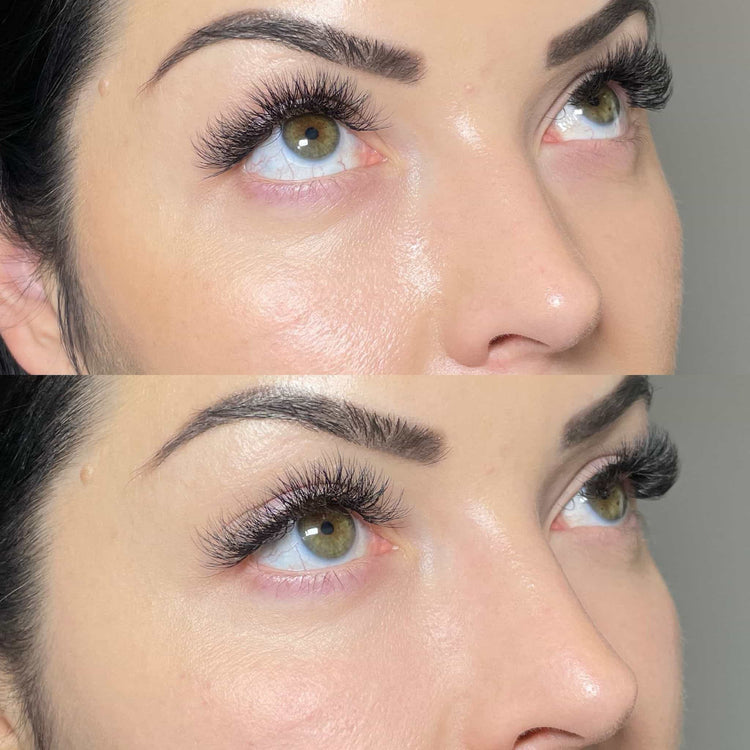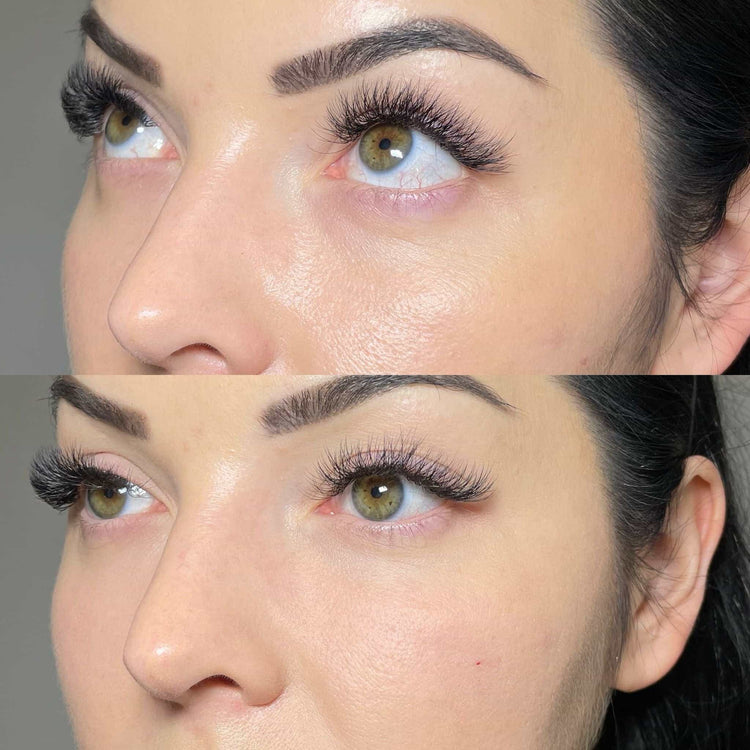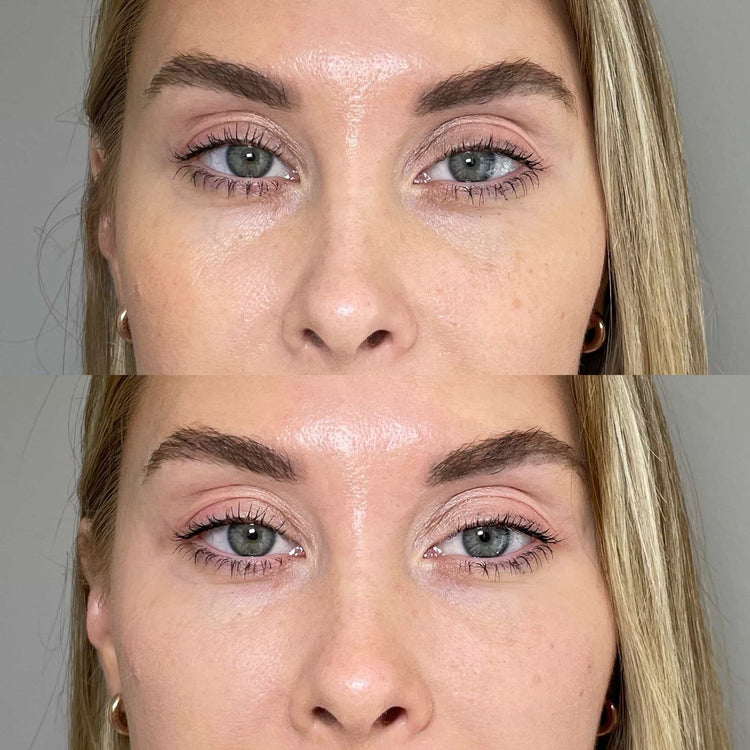Potential Complications
Tear trough fillers have become increasingly popular for addressing under-eye hollows, but like any cosmetic procedure, there are potential complications that should be carefully considered before undergoing treatment.
Let me know if you need more help!
Infection
Potential complications associated with tear trough fillers include infection, which can occur if bacteria enter the injection site. This can manifest as redness, swelling, pain, and warmth at the injection site. In severe cases, it may lead to fever or the spread of infection throughout the body.
Allergic Reactions
Allergic reactions are another potential complication, although they are relatively rare. Symptoms can range from mild (redness, itching) to severe (difficulty breathing, swelling of the face). If an allergic reaction occurs, it is important to seek immediate medical attention.
Asymmetry
Potential complications associated with tear trough fillers include infection, which can occur if bacteria enter the injection site. This can manifest as redness, swelling, pain, and warmth at the injection site. In severe cases, it may lead to fever or the spread of infection throughout the body.
- Allergic reactions are another potential complication, although they are relatively rare. Symptoms can range from mild (redness, itching) to severe (difficulty breathing, swelling of the face). If an allergic reaction occurs, it is important to seek immediate medical attention.
Asymmetry is a common concern with tear trough fillers, as achieving perfect symmetry can be challenging. Subtle differences in filler placement may result in one eye appearing fuller or more defined than the other. This can be minimized by choosing an experienced injector who takes meticulous care to ensure even distribution of the filler.
Another potential complication is vascular occlusion, which occurs when a blood vessel is accidentally blocked during injection. This can lead to tissue damage and necrosis (tissue death). It is crucial for injectors to have extensive training and experience in facial anatomy and vascular structures to minimize this risk.
Lumps and Nodules
Lumps and nodules are possible outcomes of tear trough filler injections. They arise when the filler material clumps together or forms a hardened mass under the skin. This can occur due to improper injection technique, excessive product usage, or individual body reactions to the filler. Lumps and nodules often cause visible irregularities in the treated area and may feel tender or firm to the touch.
While most lumps and nodules resolve on their own over time, some may persist and require additional treatments like enzymatic injections or hyaluronidase to dissolve the filler material.
Vascular Occlusion
Vascular occlusion is a serious potential complication of tear trough fillers. It occurs when the filler material inadvertently blocks blood flow to the surrounding tissues. This can lead to tissue damage, necrosis (tissue death), and even vision loss in severe cases.
The risk of vascular occlusion is higher when fillers are injected too superficially or in areas with delicate blood vessels. It’s crucial for injectors to have extensive knowledge of facial anatomy and to use appropriate injection techniques to minimize this risk.
Long-Term Risks
Tear trough fillers offer a popular solution for addressing under-eye hollows, but it’s essential to be aware of potential risks before undergoing treatment. Complications can range from minor issues like asymmetry or temporary lumps to more serious concerns such as infection, allergic reactions, and vascular occlusion.

Migration of Filler Material
Long-term risks associated with tear trough fillers include the migration of filler material.
As hyaluronic acid fillers are naturally absorbed by the body over time, they can migrate from their intended location. This can lead to changes in facial appearance, such as an unnatural fullness or distortion. The migrated filler may also accumulate in unintended areas, causing lumps or bumps.
Overcorrection and unnatural appearance

Overcorrection is another risk associated with tear trough fillers. Injecting too much filler can result in a puffy or overfilled appearance, making the eyes appear unnatural and disproportionate to other facial features. This can be difficult to correct and may require additional procedures or dissolving treatments.
Long-term risks associated with tear trough fillers include the migration of filler material. As hyaluronic acid fillers are naturally absorbed by the body over time, they can migrate from their intended location. This can lead to changes in facial appearance, such as an unnatural fullness or distortion. The migrated filler may also accumulate in unintended areas, causing lumps or bumps.
It is essential to have realistic expectations and discuss your desired outcomes thoroughly with a qualified and experienced injector before undergoing any filler treatment. Choosing a reputable clinic and prioritizing safety will help minimize the risks associated with tear trough fillers.
Need for repeated treatments

Long-term risks associated with tear trough fillers include the potential for repeated treatments. As hyaluronic acid fillers are gradually broken down by the body, their effects are not permanent. Touch-up appointments may be necessary every 6 to 18 months to maintain the desired results.
This can add to the overall cost of treatment and requires ongoing commitment.
Finding a Qualified Practitioner
Finding a qualified practitioner is essential when considering any cosmetic procedure, including tear trough fillers.
Importance of Experience and Expertise
Experience and expertise are crucial when choosing a practitioner for tear trough filler injections. Look for a qualified medical professional with extensive experience in facial aesthetics and a thorough understanding of facial anatomy.
In-depth knowledge of the delicate structures around the eyes is essential to minimize the risk of complications such as vascular occlusion or asymmetrical results.
Seek practitioners who have undergone specialized training in tear trough filler techniques and demonstrate a strong portfolio of successful before-and-after photos.
Checking Qualifications and Credentials
Experience and expertise are crucial when choosing a practitioner for tear trough filler injections. Look for a qualified medical professional with extensive experience in facial aesthetics and a thorough understanding of facial anatomy.
- In-depth knowledge of the delicate structures around the eyes is essential to minimize the risk of complications such as vascular occlusion or asymmetrical results.
- Seek practitioners who have undergone specialized training in tear trough filler techniques and demonstrate a strong portfolio of successful before-and-after photos.
Checking qualifications and credentials is paramount. Ensure the practitioner holds appropriate licenses and certifications to practice medicine or aesthetics in your location.
- Verify their membership in reputable professional organizations, such as the British Association of Aesthetic Plastic Surgeons (BAAPS) or the Royal College of Physicians (RCP).
- Inquire about their training and experience with tear trough fillers specifically.
Reading Patient Reviews
Finding a qualified practitioner is essential when considering any cosmetic procedure, including tear trough fillers.
Experience and expertise are crucial when choosing a practitioner for tear trough filler injections. Look for a qualified medical professional with extensive experience in facial aesthetics and a thorough understanding of facial anatomy. In-depth knowledge of the delicate structures around the eyes is essential to minimize the risk of complications such as vascular occlusion or asymmetrical results. Seek practitioners who have undergone specialized training in tear trough filler techniques and demonstrate a strong portfolio of successful before-and-after photos.
Checking qualifications and credentials is paramount. Ensure the practitioner holds appropriate licenses and certifications to practice medicine or aesthetics in your location. Verify their membership in reputable professional organizations, such as the British Association of Aesthetic Plastic Surgeons (BAAPS) or the Royal College of Physicians (RCP). Inquire about their training and experience with tear trough fillers specifically.
Reading patient reviews can provide valuable insights into a practitioner’s skills and professionalism. Look for reviews that mention specific details about the tear trough filler treatment, such as the practitioner’s communication style, attention to detail, and the overall outcome of the procedure. Pay attention to both positive and negative feedback, as this can give you a more balanced perspective.
- Forehead Frown Lines Treatment Near Horsell, Surrey - July 13, 2025
- Folded Guard Sex Position - July 12, 2025
- Exploring The Best Kratom Capsule Dosage For Pain And Stress Relief - July 10, 2025
